The Chichester Harbour AONB, a slice of Sussex where nature, beauty and history come together
Rosie Paterson takes in the all-too-often overlooked Chichester Harbour.
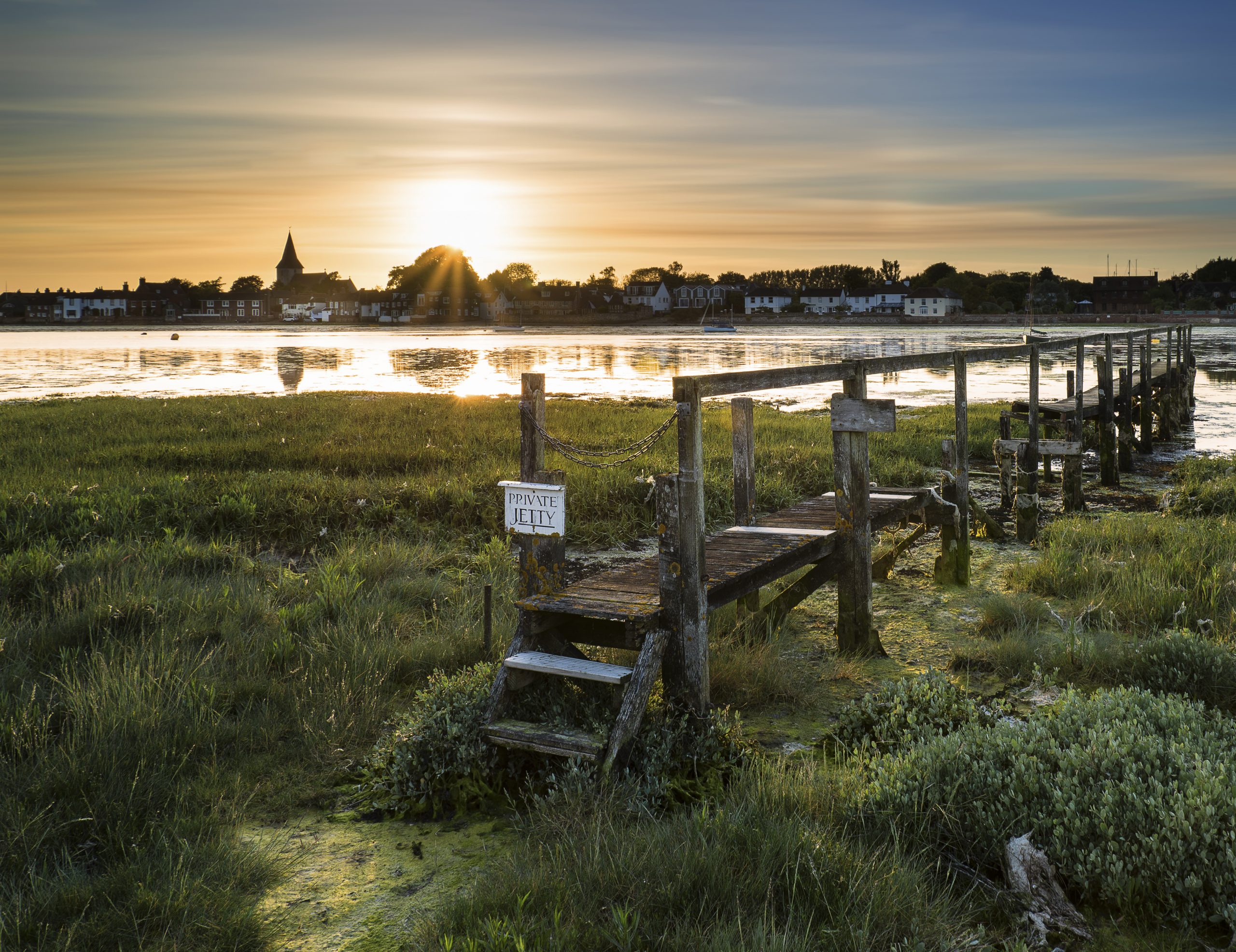

In an article published in Country Life in 1956, N. M. Woodall described Chichester Harbour as ‘one of the least appreciated corners of West Sussex’. The writer’s consternation was a moment of extraordinary foreshadowing: less than a decade later, in 1964, the 18,500-acre site was designated an AONB, and, although development has, thankfully, been restricted, visitors and sailors have been aplenty ever since.
However, the history of these narrow tidal inlets, saltmarshes and mudflats — there are at least nine different habitats that make up the flat landscape, at odds with the rolling South Downs immediately to the north — stretch back even further. There is evidence of human activity in the prehistoric period, but the everyday historian normally starts with the arrival of the Romans.
Tradition dictates that they landed on a beach still referred to as Roman Landing Place, under Claudius’s general Vespasian. The mud was so deep that many of their elephants were bogged down, but the soldiers persevered, undeterred. A little way inland, they built Fishbourne Palace, once the largest Roman domestic building north of the Alps.
It was properly excavated for the first time in the 1960s, and the visible remnants and reconstructed gardens remain popular today. And while the palace faces serious financial difficulties due to coronavirus, a campaign to raise the money needed to save this and other sites is off to a good start.
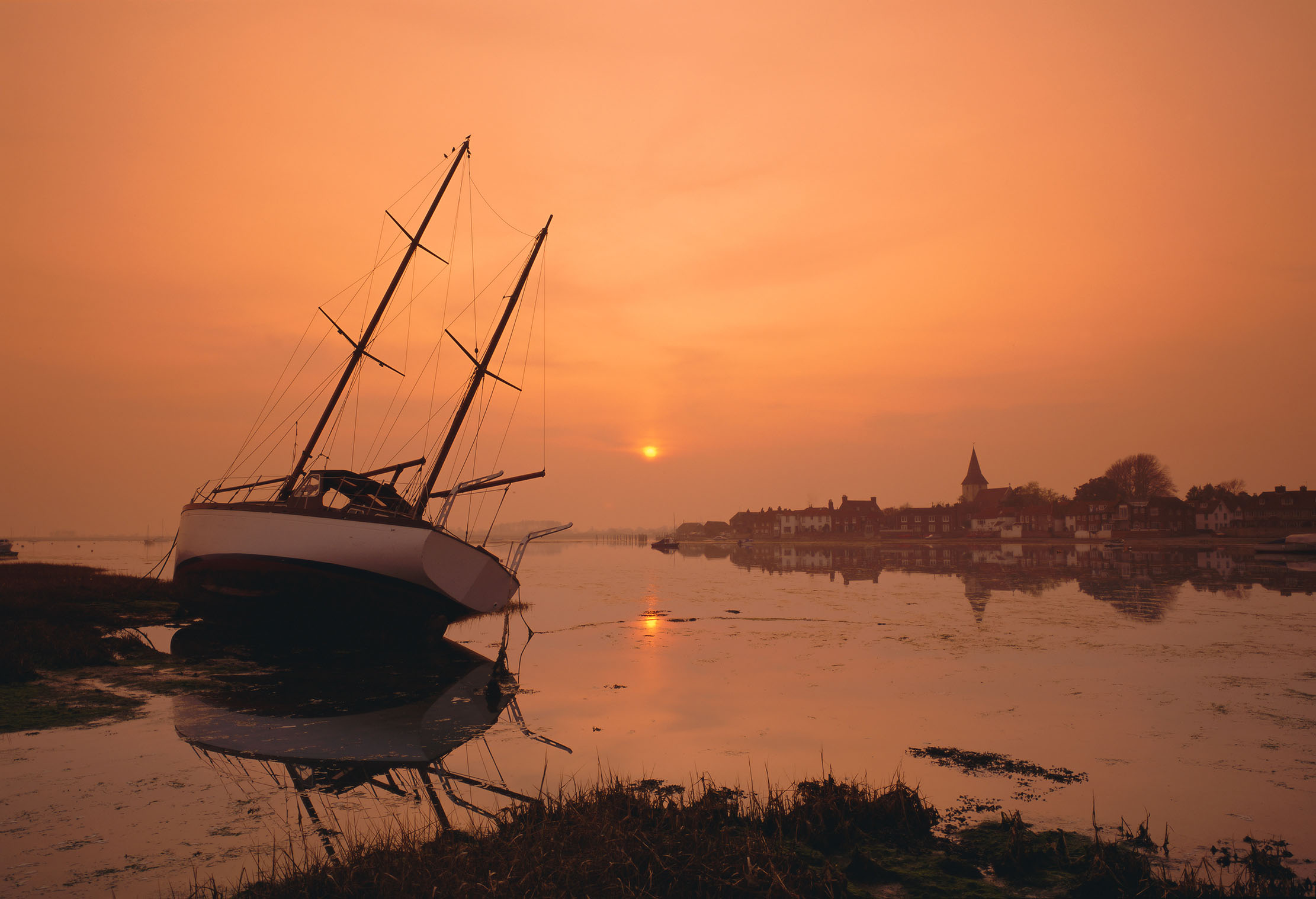
In Fishbourne itself, weeping willows line the banks of Chichester Channel and, in the town’s church, you can still make out the marks of pilgrims on their way to the shrine of St Richard of Chichester. Neighbouring Bosham, Itchenor and Dell Quay are equally idyllic — the latter dispatched two ships to fight the Spanish Armada. It wasn’t the areas only role in a conflict: during the Second World War, the harbour used simulated urban lighting to distract enemy bombers from nearby Portsmouth.
Visitors can board a restored Victorian oyster boat to see close at hand the area’s outstanding wildlife, including some 55,000 native and migratory birds, from the distinctive sounding whimbrel to four species of tern, plus 40 harbour seals and a number of rare flora species.
There are also pockets of ancient oak woodland that frame the harbour, but the trees are under threat from rising sea levels and costal erosion; 41% of the AONB is below mean high-water spring tides and can only be seen at low water Chichester Harbour.
Sign up for the Country Life Newsletter
Exquisite houses, the beauty of Nature, and how to get the most from your life, straight to your inbox.

Credit: The Grantley Group
The one-of-a-kind eco property which overcame planning permission to be built in the Surrey Hills AONB
Ozone was granted permission through Paragraph 55, an extremely rare clause which allows permission under the condition that the property
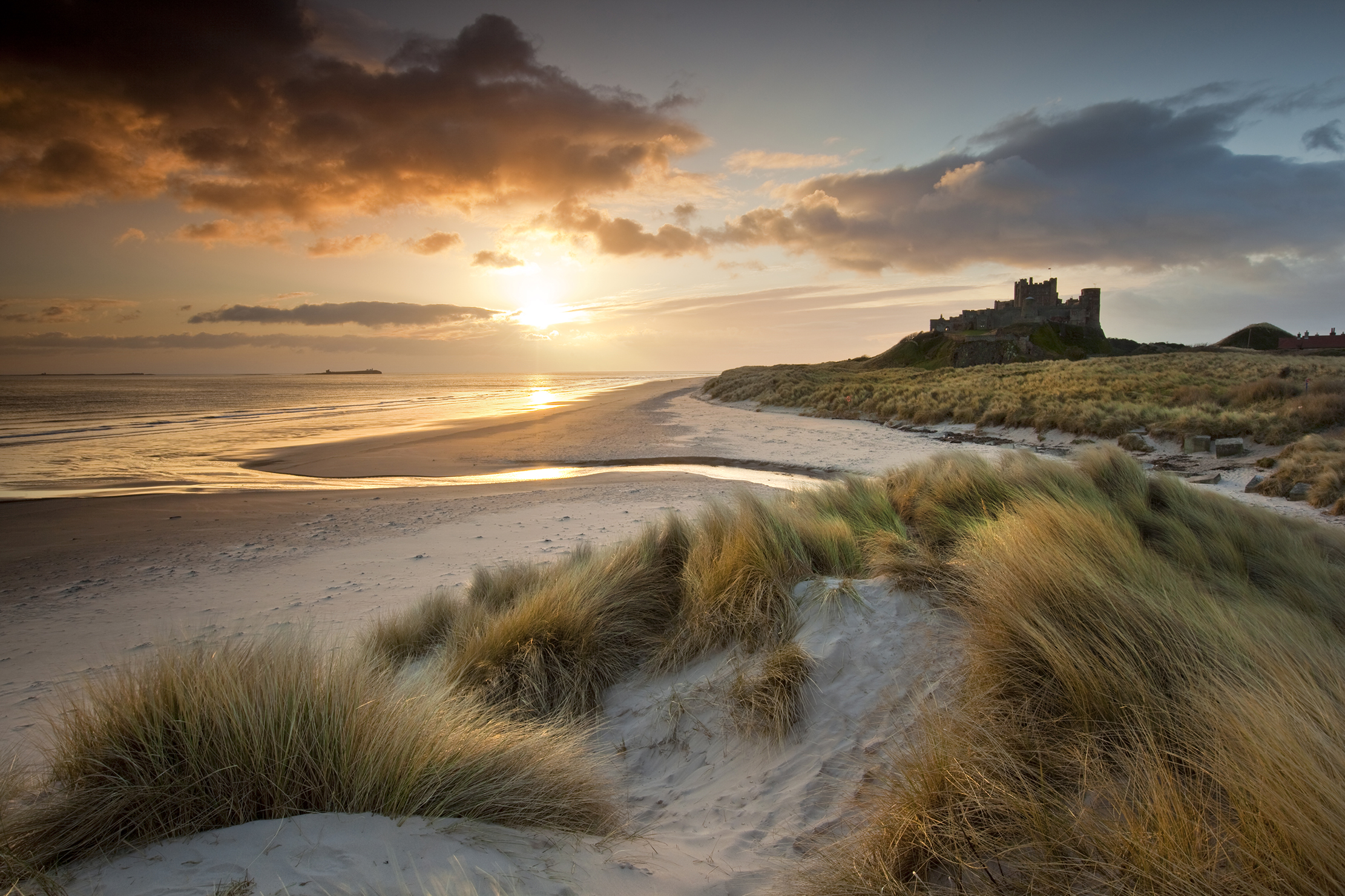
The Northumberland Coast AONB: Just bring a pair of good boots and a fondness for untamed natural beauty
Giles Kime continues our series on Britain's Areas of Outstanding Natural Beauty with a look at the Northumberland Coast.
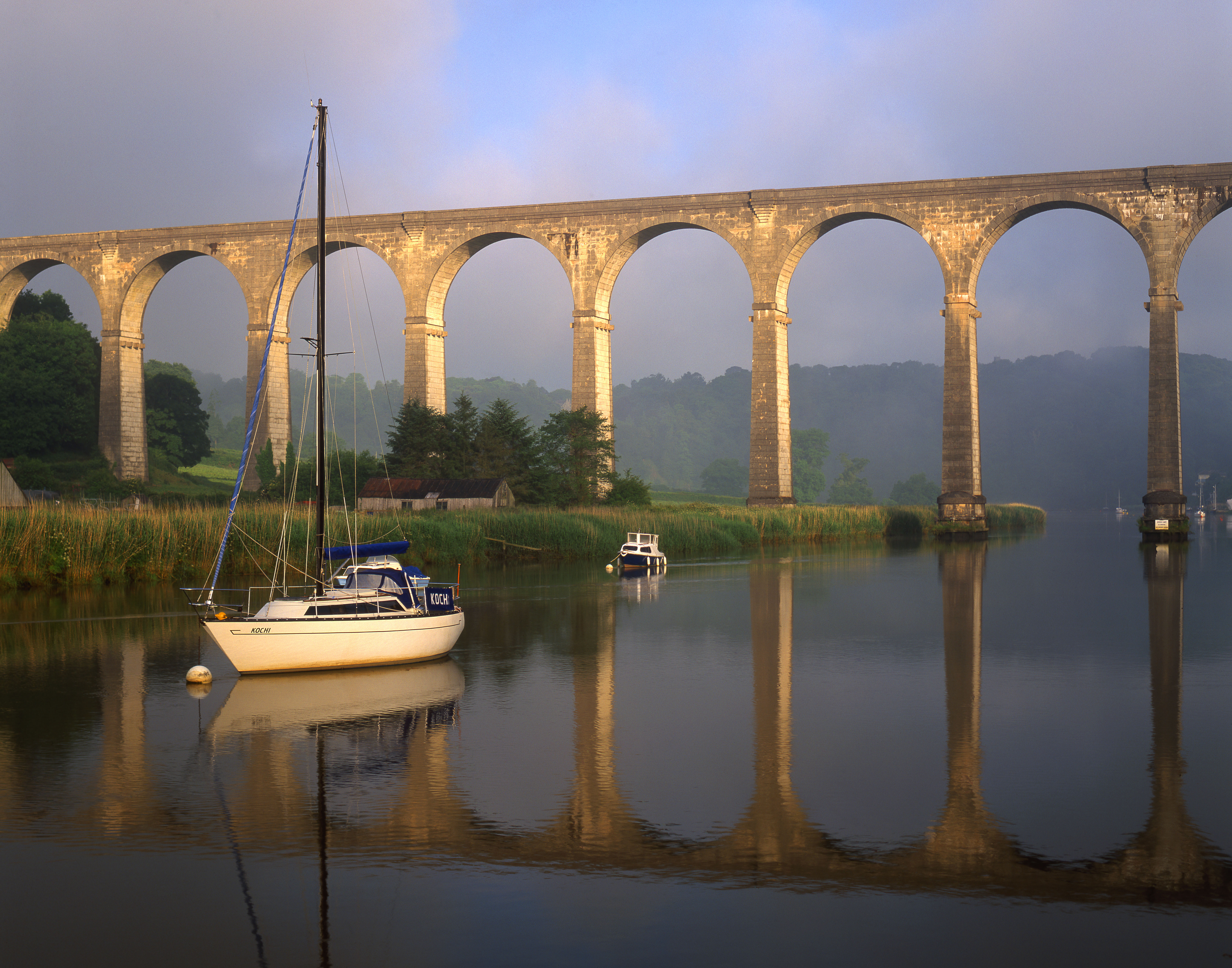
The Tamar Valley AONB: Mines, otters and the ghost of a 'black widow' who roams the moors in a carriage of bones
Kate Green focuses on the Tamar Valley AONB.
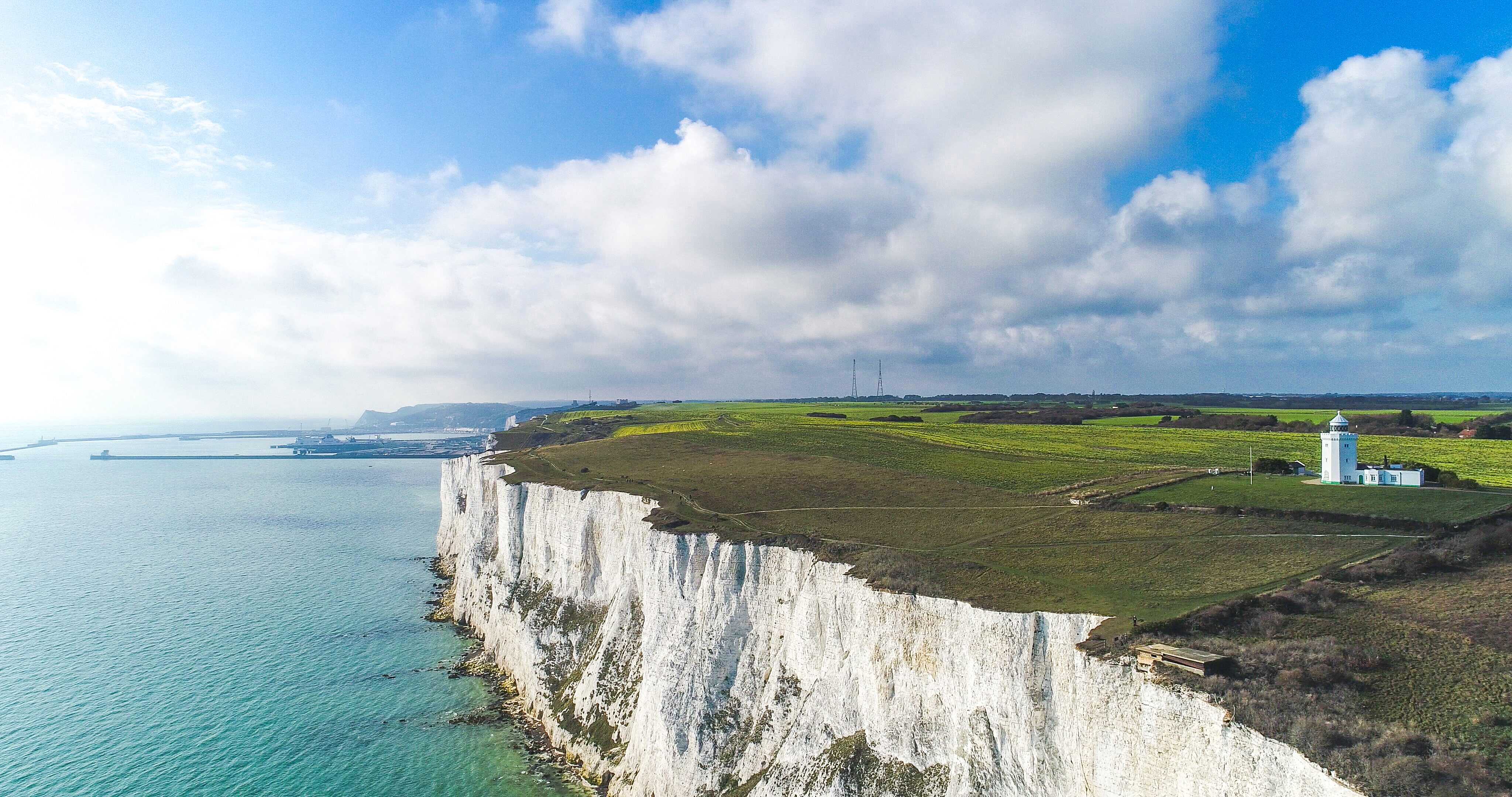
The Kent Downs AONB: One of Mother Nature's works of art, from the famous White Cliffs to the wildlife of the Garden of England
Victoria Marston takes a look at the magnificently beautiful Kent Downs AONB.
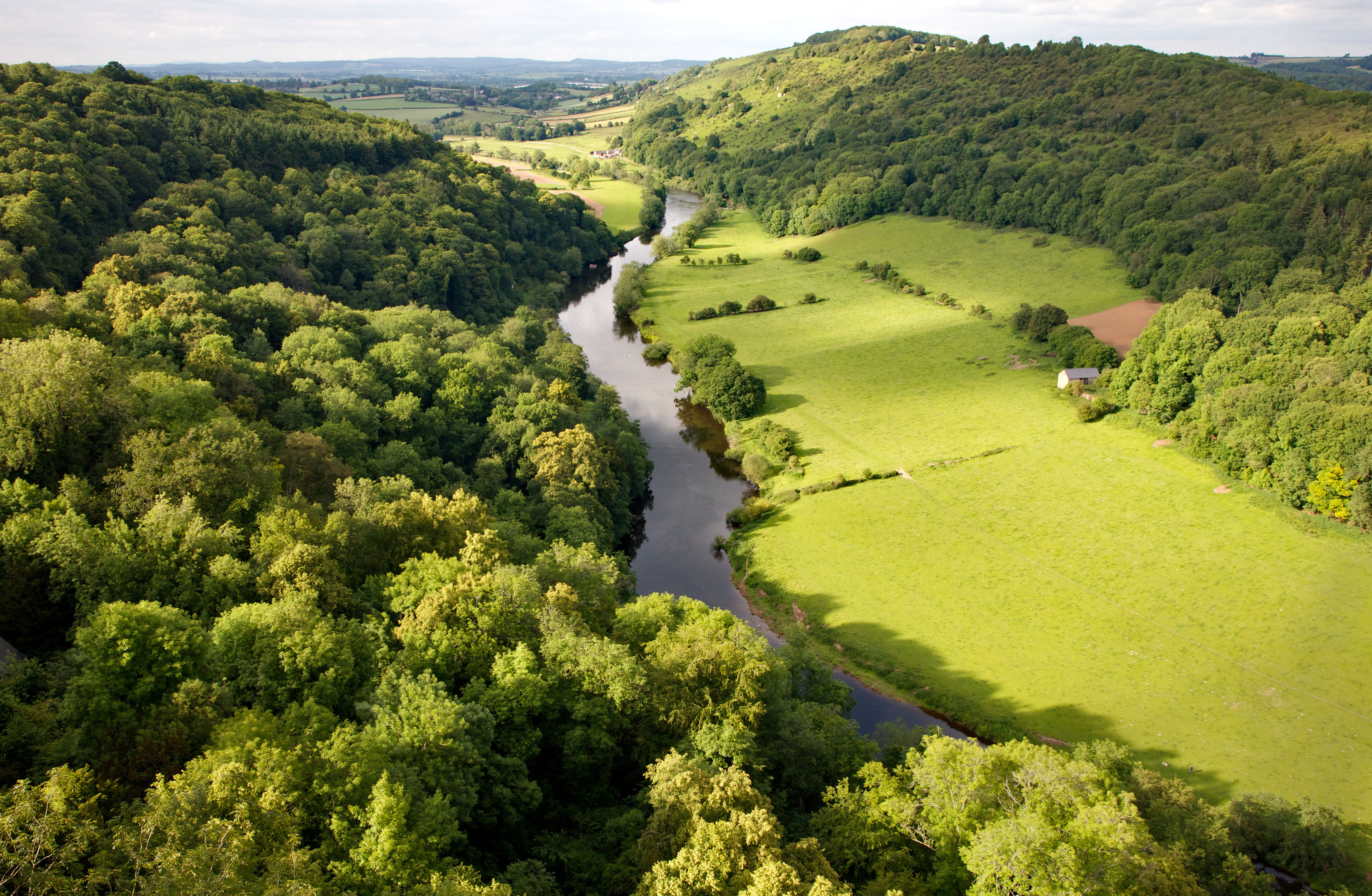
The Wye Valley AONB: 'If you have never navigated the Wye, you have seen nothing'
The Wye Valley is considered the 'birthplace of British tourism' — and it's not hard to see why, says Kate Green.
Rosie is Country Life's Digital Content Director & Travel Editor. She joined the team in July 2014 — following a brief stint in the art world. In 2022, she edited the magazine's special Queen's Platinum Jubilee issue and coordinated Country Life's own 125 birthday celebrations. She has also been invited to judge a travel media award and chaired live discussions on the London property market, sustainability and luxury travel trends. Rosie studied Art History at university and, beyond Country Life, has written for Mr & Mrs Smith and The Gentleman's Journal, among others. The rest of the office likes to joke that she splits her time between Claridge’s, Devon and the Maldives.
-
 Designer's Room: A solid oak French kitchen that's been cleverly engineered to last
Designer's Room: A solid oak French kitchen that's been cleverly engineered to lastKitchen and joinery specialist Artichoke had several clever tricks to deal with the fact that natural wood expands and contracts.
By Amelia Thorpe
-
 Chocolate eggs, bunnies and the Resurrection: Country Life Quiz of the Day, April 18, 2025
Chocolate eggs, bunnies and the Resurrection: Country Life Quiz of the Day, April 18, 2025Friday's quiz is an Easter special.
By James Fisher